Proper lighting is one of the most critical aspects of keeping a bearded dragon healthy in captivity. Among the various lighting requirements, UVB exposure stands out as non-negotiable for their physiological well-being. Unlike mammals, reptiles like bearded dragons rely heavily on ultraviolet light to synthesize vitamin D3, which in turn allows them to metabolize calcium effectively. Without adequate UVB, these creatures face severe health consequences, including metabolic bone disease, a painful and often fatal condition.
When selecting a UVB lamp for your bearded dragon, not all bulbs are created equal. The market offers a range of options, from compact fluorescent bulbs to linear tubes, each with varying intensities and coverage areas. Linear fluorescent tubes, such as those in the T5 or T8 categories, are widely recommended by herpetologists due to their superior output and broader dispersion of UVB rays. These fixtures should span at least two-thirds of the enclosure’s length to ensure the dragon can absorb UVB regardless of its basking spot preference.
The positioning of the UVB light is just as crucial as the bulb type. Mounting the fixture too high renders the UVB ineffective, while placing it too close can cause photokeratitis—a painful eye condition. For T5 bulbs, a distance of 12-15 inches above the basking zone is ideal, whereas T8 bulbs require closer proximity, around 8-10 inches, due to their lower output. Always consult the manufacturer’s guidelines, as intensity varies between brands. Remember to replace UVB bulbs every 6-12 months, even if they still emit visible light, as their UV output diminishes over time.
Bearded dragons are diurnal creatures, meaning their activity cycles align with daylight. To mimic their natural environment, UVB lights should be on for 10-14 hours daily, synchronized with a consistent day-night cycle. Using a timer can automate this process, reducing stress for both the pet and the owner. During nighttime, all lights—including UVB—should be turned off to allow for uninterrupted rest. Contrary to some misconceptions, colored "night lights" are unnecessary and can disrupt the dragon’s circadian rhythm.
While UVB is indispensable, it must be part of a holistic lighting setup. A basking lamp should accompany the UVB source to create a temperature gradient, allowing the bearded dragon to thermoregulate. The basking area should reach 95-110°F for adults and slightly higher for juveniles. Without this heat, UVB absorption becomes inefficient, as reptiles rely on external warmth to activate metabolic processes. The cooler end of the enclosure should stay around 75-85°F, providing a retreat when needed.
Seasoned keepers often debate the merits of mercury vapor bulbs (MVBs), which combine UVB and heat in a single unit. While convenient, MVBs require careful handling—their intense output can overheat small enclosures or desiccate the habitat if not monitored. They’re better suited for larger terrariums or outdoor setups. Additionally, MVBs should never be used with a dimming thermostat, as fluctuating voltages can damage the bulb’s UVB-emitting components.
Monitoring your bearded dragon’s behavior offers clues about the adequacy of its UVB exposure. A healthy dragon will exhibit alertness, strong appetite, and regular basking behavior. Signs of deficiency include lethargy, softened jawbones (a precursor to metabolic bone disease), or unusual postures like "star-gazing." Regular veterinary check-ups that include blood tests for calcium and vitamin D3 levels can preemptively identify issues before they escalate.
The importance of UVB cannot be overstated, but it’s equally vital to avoid overcomplicating the setup. Some owners fall into the trap of layering multiple UVB sources, which risks overexposure. In most cases, a single high-quality linear bulb suffices. What truly matters is consistency—maintaining the right distance, photoperiod, and timely bulb replacements. Pair this with a balanced diet rich in calcium, and your bearded dragon will thrive under your care.
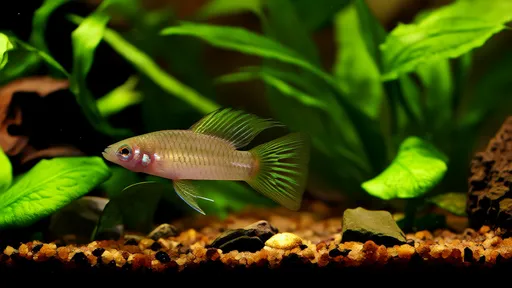
By /Jun 28, 2025
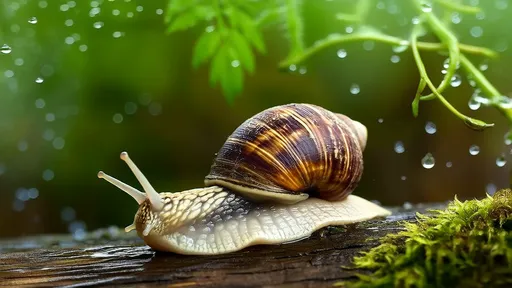
By /Jun 28, 2025
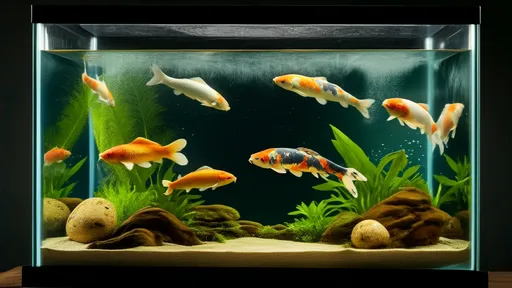
By /Jun 28, 2025

By /Jun 28, 2025
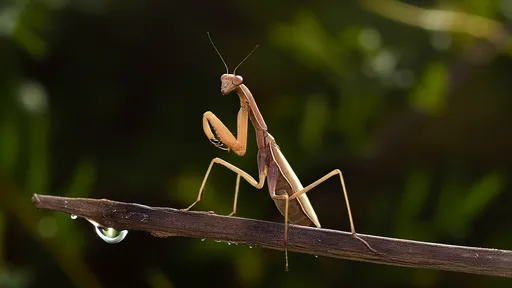
By /Jun 28, 2025

By /Jun 28, 2025
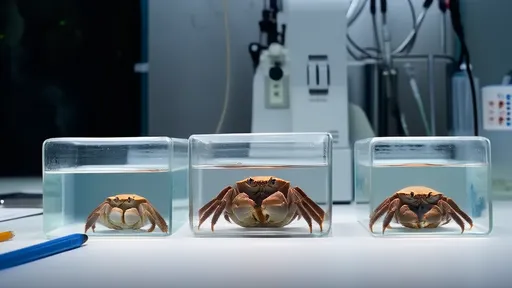
By /Jun 28, 2025

By /Jun 28, 2025
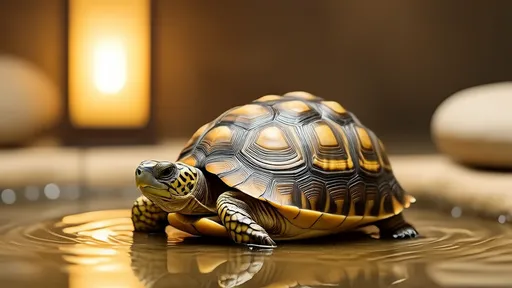
By /Jun 28, 2025
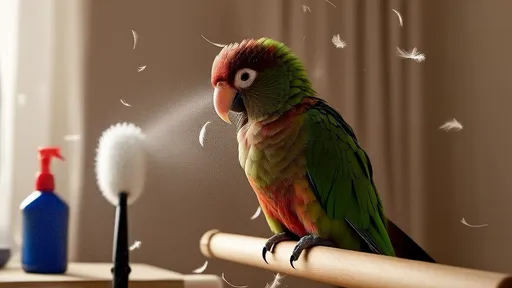
By /Jun 28, 2025

By /Jun 28, 2025
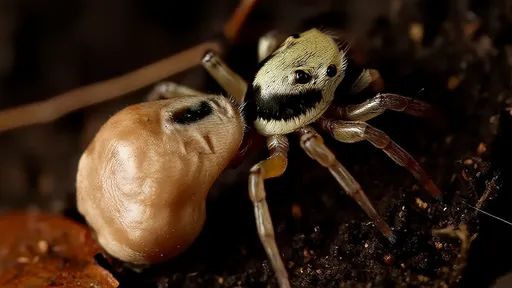
By /Jun 28, 2025
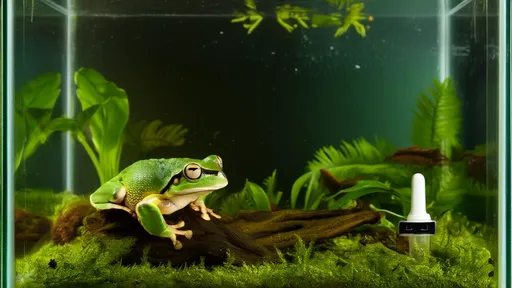
By /Jun 28, 2025

By /Jun 28, 2025
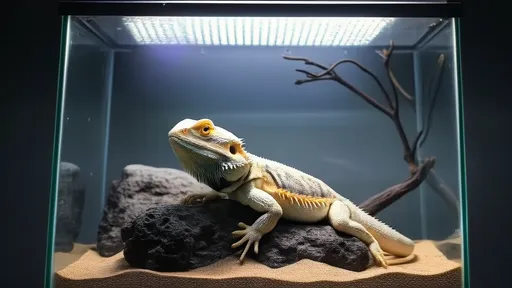
By /Jun 28, 2025

By /Jun 28, 2025

By /Jun 28, 2025